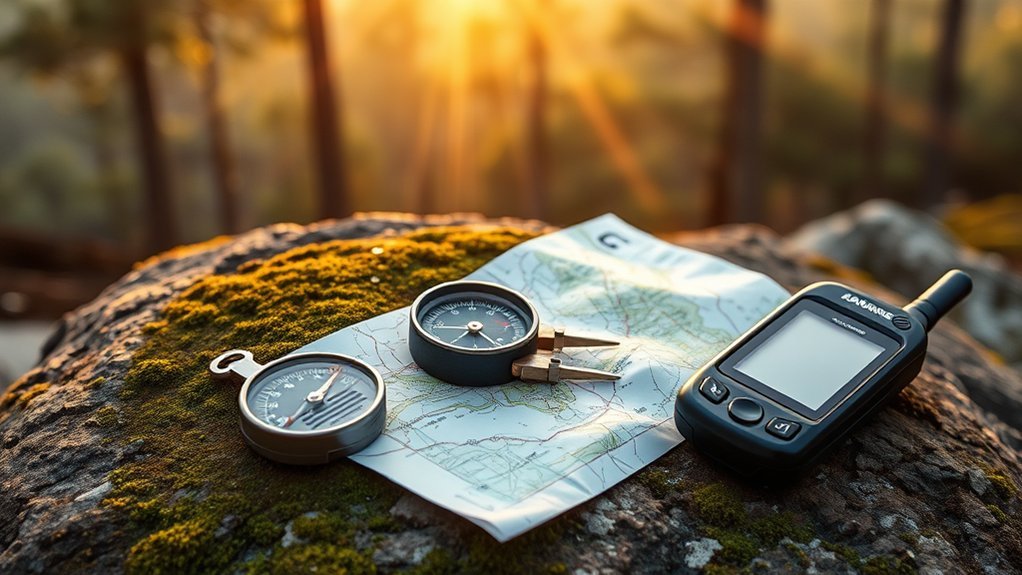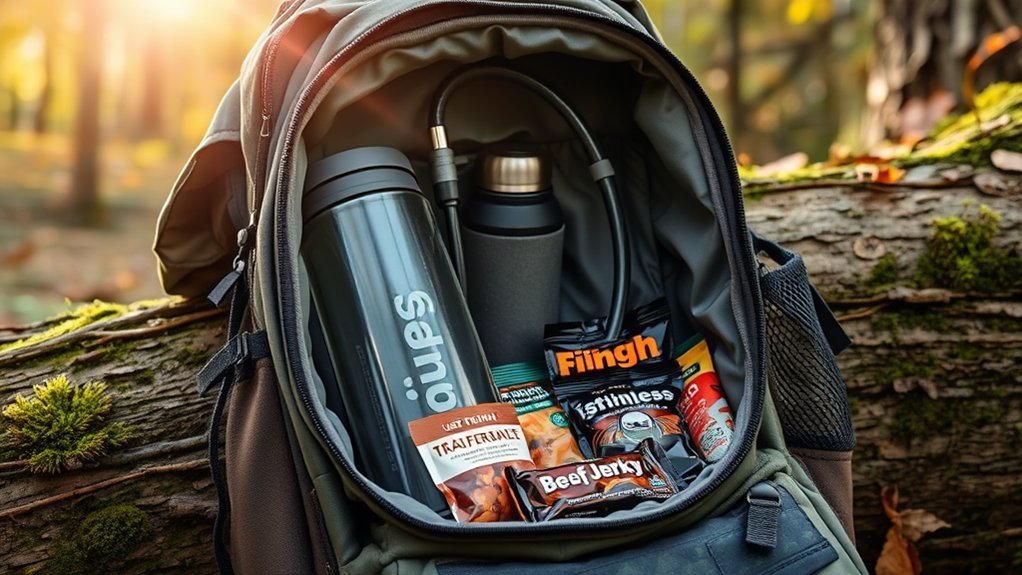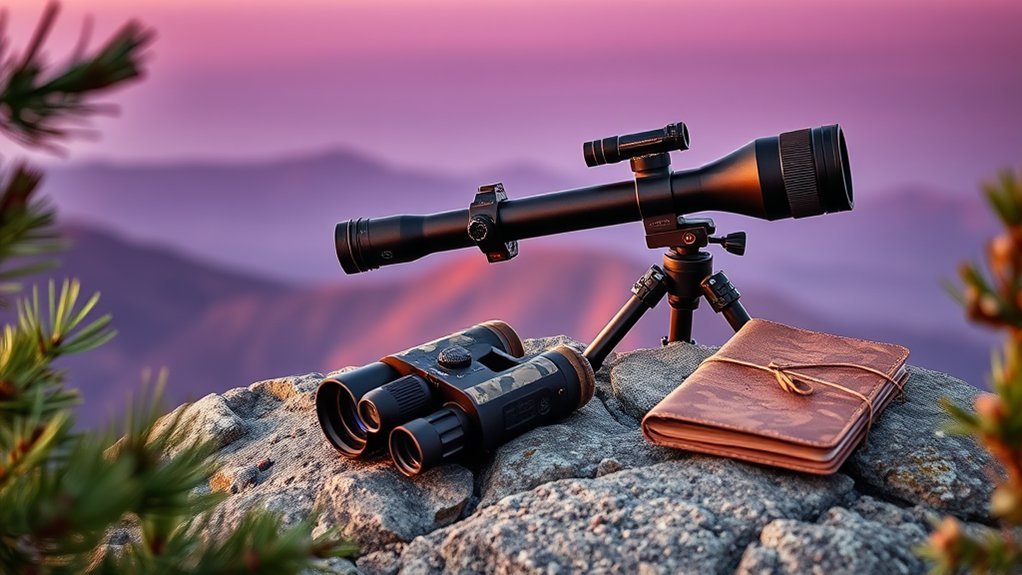Hey fellow hunters! You know that gut-punch moment when you're two miles deep in the backcountry and realize your rangefinder's chilling on your kitchen counter? Trust me, I've been there – and those stats showing 82% of us forgetting crucial gear? Totally get it. After 15 years of lugging packs through every terrain imaginable, I've learned that a solid hunting backpack isn't just another piece of gear – it's your mobile command center. Whether you're chasing whitetails for a quick morning hunt or tracking elk across mountain ranges, I'm stoked to break down exactly what makes a hunting pack work. No fluff, no fancy stuff – just straight-up practical advice on building a pack system that'll keep you in the game when it counts. Let's get your gear sorted and your hunt dialed in.
Choosing the Right Hunting Backpack
When it comes to selecting the perfect hunting backpack, there's a lot more to ponder than you might think. We'll help you navigate through the options to find your ideal companion for the hunt.
First, let's consider how long your hunting trip will be and what terrain you'll tackle. For a day hunt, we'll want a lighter pack, while extended trips demand more capacity for extra gear and game bags. We need to guarantee our pack has the right organizational features, with easy access to optics and weapons.
Weather-resistant materials and reinforced bottoms are must-haves to shield our gear from rough conditions. Look for quiet fabrics and adjustable straps that'll keep us comfortable and stealthy throughout the day. Remember, the perfect pack matches your specific hunting style and needs.
Essential Medical and Safety Equipment
Now that we've got our pack selected, let's focus on the gear that could save our lives in the wilderness. When you're miles from civilization, having the right medical and safety equipment isn't just smart – it's essential gear that could mean the difference between a minor setback and a serious emergency.
Keep a thorough first aid kit stocked with bandages, antiseptic, and basic medications for treating everything from blisters to headaches. Pack trauma supplies like a tourniquet and clotting gauze for handling serious injuries. Carry an EPIRB or personal locator beacon to signal for help if things go wrong. Don't forget survival basics like an emergency blanket, fire starting kit, and a reliable headlamp – these simple tools can keep you safe when conditions turn tough.
Navigation and Communication Tools

Getting lost in unfamiliar terrain can quickly turn a great hunting trip into a survival situation. That's why we always pack reliable navigation and communication tools to stay safe in the backcountry.
A compass and topographic map are our most basic yet essential tools – they'll never run out of batteries and can help us maintain our bearings even in challenging conditions.
Basic tools like a compass and map remain indispensable for safe backcountry travel – no batteries required, just reliable navigation guidance.
We also recommend carrying an emergency locator beacon (EPIRB) for those worst-case scenarios. It's a potential lifesaver that can alert rescue services to your exact location. Don't forget a dependable flashlight or headlamp for low-light navigation and emergency signaling.
When paired with a compact survival blanket and fire starting kit, these tools form a complete navigation and emergency communication system that'll keep us prepared for whatever nature throws our way.
Field Dressing and Kill Kit Components
A well-equipped field dressing kit forms the backbone of any successful hunt's endgame. We'll guarantee you're ready to handle your harvest with respect and efficiency by packing the right kill kit components. Quality game bags and a fixed-blade knife with sharpener are essential for proper field care, while strong cord and a Figure 9 carabiner help manage the process.
Keep your hands protected with durable gloves while handling sharp tools and game.
Pack multiple game bags to maintain meat cleanliness during transport.
Include a contractor bag as backup storage for additional protection.
Don't forget your fixed-blade knife and sharpener for precise cutting.
These tools confirm we're prepared to process our harvest safely and efficiently, preserving the quality of our game from field to freezer.
Hydration and Nutrition Strategy

Since hunting demands intense physical exertion, maintaining proper hydration and nutrition can make or break your success in the field. We recommend carrying a Platypus water bladder system along with a reliable water filter to guarantee you've got clean water wherever your hunt takes you. Don't forget to pack electrolyte drink mixes like Gatorade – they're essential when you're sweating it out in the backcountry.
For food, we pack smart with lightweight, energy-rich options. Stash a few Protein Bars, trail mix, and jerky in your pack's outer pockets for easy access while moving. When it's time to rest near your sleeping bag, lightweight dehydrated meals provide the substantial nutrition you need to stay strong and focused throughout your hunt.
Weather Protection and Clothing Systems
While proper nutrition keeps you energized, staying warm and dry is what allows you to remain in the field long enough to put those calories to good use. We've found that a strategic clothing layer system works great for adapting to changing weather conditions and keeping comfortable during long hunts.
Start with insulated pants like the First Lite Uncompahgre – they're essential for bitter cold mornings and long sits.
Add the Outdoor Research SuperStrand Hoodie as your primary insulating layer to regulate body temperature.
Pack wet wipes for quick cleanup and gear maintenance when moisture builds up.
Wrap Leukotape and electrical tape around your trekking poles for emergency repairs to waterproof gear.
Optics and Observation Equipment

Top-quality optics and reliable observation equipment form the backbone of any successful hunt, letting us spot game from safe distances and plan strategic approaches. We'll want to secure our binoculars and rangefinder in a comfortable Bino Harness, keeping them protected yet easily accessible.
A Leupold Alpine CF tripod is worth its weight in gold – we can quickly set up a rock-solid platform using zip ties for added stability when needed.
Don't forget to pack a glassing pad for those long observation sessions. It'll save your elbows and keep you comfortable while scanning the terrain. A wind checker is another must-have tool that helps us stay undetected. When we mount our optics on the tripod, we'll catch even the slightest movement of our quarry.
Frequently Asked Questions
What Is the Best Hunting Backpack?
We recommend hunting packs with durable build quality and ergonomic design, like the Badlands 2200 or Mystery Ranch Metcalf. They'll carry your gear comfortably while letting you move freely.
What Backpack Does Steven Rinella Use?
We've seen Rinella using the Sitka Mountain Hauler 3400, known for its exceptional hunting pack features and hunting backpack durability. It's perfect for backcountry adventures with 3,400 cubic inches of freedom.
Why Are Hunting Backpacks so Expensive?
Like a high-performance sports car, we're paying for quality materials and high functionality that won't fail when we're miles deep in the backcountry chasing our wild game dreams.
What Do Hunters Need the Most?
We'll always need gear that's built with rugged durability, plus proper camouflage to stay hidden. Don't forget quality knives, game bags, and cord for securing our harvest in the field.
Conclusion
Let's face it – your hunting success depends heavily on how you haul your gear around. A solid hunting backpack isn't just another piece of equipment – it's your mobile command center in the field. Throughout this guide, we've broken down what makes a pack truly work for hunters, from smart compartments to proper weight distribution. Now it's time to put this knowledge to use. Take a good look at your current setup, figure out what needs upgrading, and get yourself a pack that matches your hunting style. The wilderness is calling, and with the right backpack on your shoulders, you'll be ready to answer.